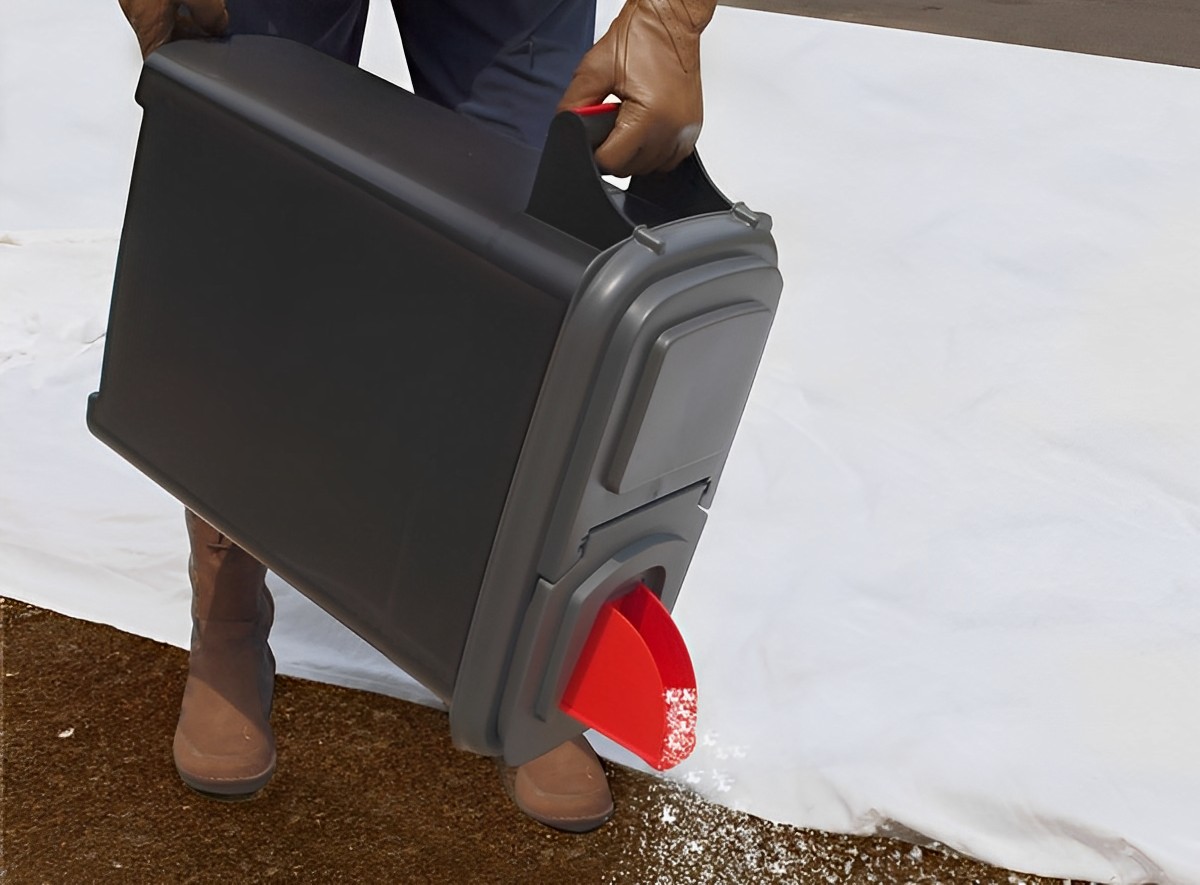

Articles
How To Store Ice Melt
Modified: August 28, 2024
Learn the best methods and techniques for storing ice melt in this informative article. Discover how to keep your ice melt effective and ready to use when needed.
(Many of the links in this article redirect to a specific reviewed product. Your purchase of these products through affiliate links helps to generate commission for Storables.com, at no extra cost. Learn more)
Introduction
Winter can bring about treacherous conditions, especially when it comes to icy sidewalks, driveways, and parking lots. To combat these hazards and ensure the safety of pedestrians and vehicles, many individuals and businesses rely on the use of ice melt products. Whether you are a homeowner or a facility manager, it is essential to properly store your ice melt to maintain its effectiveness and extend its shelf life.
Proper storage of ice melt not only preserves its potency but also prevents clumping, reduces waste, and avoids potential environmental contamination. In this article, we will explore the importance of storing ice melt correctly and provide valuable tips on how to do so effectively.
Before delving into the aspects of ice melt storage, let’s briefly discuss why it is crucial to pay attention to this often overlooked task.
Key Takeaways:
- Proper storage of ice melt is crucial to maintain its effectiveness, prevent clumping, and reduce waste. Choosing the right container, location, and following safety precautions are key to preserving the quality of ice melt.
- Regular monitoring and maintenance of ice melt storage ensure its long-term usability. Inspecting for damage, monitoring moisture levels, and proper disposal of expired ice melt are essential for maintaining its effectiveness.
Read more: How To Melt Ice On Driveway
Importance of Proper Ice Melt Storage
Proper storage of ice melt is essential for several reasons:
- Maintaining effectiveness: Ice melt loses its efficacy over time and prolonged exposure to moisture or extreme temperatures can further diminish its effectiveness. By storing ice melt correctly, you can maximize its performance when it is needed most.
- Preventing clumping: Improper storage can cause ice melt to clump together, making it difficult to spread evenly and reducing its melting capabilities. Clumped ice melt can also cause clogging and damage to spreaders, resulting in wasted material and additional expenses.
- Reducing waste: By storing ice melt in a controlled environment, you can prevent unnecessary waste. Proper storage prevents exposure to moisture and humidity, which can cause clumping or degradation of the product. Consequently, you can avoid having to discard spoiled ice melt and save money by using every last granule.
- Avoiding environmental contamination: Improper storage of ice melt can lead to runoff and potential contamination of water sources. This can harm aquatic life and ecosystems. By storing ice melt correctly, you can minimize the risk of environmental damage and promote sustainability.
- Cost-effective solution: By maintaining the effectiveness and quality of your ice melt through proper storage, you can ensure its long-term usability. This eliminates the need to frequently purchase new ice melt, saving you money in the long run.
Now that we understand the significance of proper ice melt storage, let’s explore the factors to consider before storing your ice melt.
Factors to Consider Before Storing Ice Melt
Before you start storing your ice melt, there are several factors to consider to ensure optimal storage conditions and maintain the effectiveness of the product:
- Container type: Choose the right storage container that is durable, moisture-resistant, and airtight. Plastic bins or buckets with firmly sealing lids are popular choices for storing ice melt.
- Quantity: Determine how much ice melt you typically use during winter and store an appropriate amount. Overstocking can lead to unnecessary waste, while understocking may leave you ill-prepared for icy conditions.
- Location: Select a suitable location for your ice melt storage. It should be cool, dry, and well-ventilated to prevent moisture buildup and maintain the integrity of the product. Consider utilizing a storage area that is easily accessible, away from direct sunlight, and protected from extreme temperature fluctuations.
- Separation from other chemicals: Store ice melt separately from other chemicals to avoid contamination. Certain chemicals, if mixed, can react and produce hazardous fumes or compounds.
- Child and pet safety: If you have children or pets, ensure that your ice melt storage is in a secure location, out of their reach. Some ice melt products can be harmful if ingested or contact with skin or eyes, so it’s important to consider their safety.
- Labeling: Properly label your ice melt container with the product name, date of purchase, and any safety precautions. This will help you identify the contents and ensure that you are using the oldest ice melt first, preventing product waste.
Considering these factors will help you make informed decisions about ice melt storage and ensure that your product remains effective when you need it.
Next, let’s discuss the different types of containers you can choose for storing ice melt.
Choosing the Right Storage Container
Selecting the appropriate storage containers for your ice melt is crucial in maintaining its effectiveness and prolonging its shelf life. Here are some factors to consider when choosing the right storage container:
- Durability: Look for containers made from sturdy materials that can withstand the weight of the ice melt and resist damage from handling, stacking, or accidental drops. Strong plastic bins or buckets with reinforced bottoms and sides are excellent options.
- Moisture resistance: Ensure that the storage container has excellent moisture resistance to prevent the ice melt from absorbing moisture and clumping together. Look for containers with tightly sealing lids or even consider ones with rubber gaskets to provide an airtight seal.
- Size: Choose a storage container that is the right size for your needs. Consider the amount of ice melt you typically use, as well as the available storage space. It’s better to have multiple smaller containers than one large container, as it allows for more efficient use and prevents clumping of the entire stock if only a portion is needed.
- Transparency: Opt for containers that are at least partially transparent. This allows you to easily see the remaining quantity of ice melt without opening the container, helping you monitor your stock and plan for refills when necessary.
- Handle or wheels: If possible, choose a container with built-in handles or wheels for easy transportation and maneuverability. This will come in handy when you need to move the ice melt to different locations or refill your spreader.
- Labeling space: Look for containers that have enough space to label them properly. Clear labeling with important information like the product name, date of purchase, safety precautions, and usage instructions will help you stay organized and ensure safe and effective use.
By considering these factors, you can choose the right storage container that meets your needs and ensures the longevity of your ice melt. Now, let’s delve into the best methods for storing ice melt properly.
Proper Storage Methods for Ice Melt
Storing ice melt properly is crucial to maintain its efficacy and ensure its long-term usability. Here are some recommended storage methods:
- Use airtight containers: Transfer your ice melt into a sturdy, airtight container to prevent moisture from entering and causing clumping. Ensure that the lid is tightly sealed to create a barrier against humidity and moisture.
- Keep it in a cool and dry location: Find a storage area that is away from direct sunlight and extreme temperature fluctuations. High temperatures can cause the ice melt to degrade, reducing its effectiveness. A cool and dry location will help preserve the quality of the product.
- Avoid exposure to moisture: Moisture is the enemy of ice melt, as it can cause clumping and deterioration. Make sure the storage area is dry and free from any water leaks or sources of humidity.
- Store away from other chemicals: To prevent chemical reactions and potential hazards, store your ice melt separately from other chemicals. This ensures the purity and integrity of the product.
- Monitor the expiration date: Ice melt has a shelf life, so it is important to check the expiration date and use older stock first. This will help you avoid waste and ensure that you are using the most effective product.
- Avoid storage on concrete: Concrete floors can absorb moisture, which can impact the quality of the ice melt. If possible, use a pallet or any other elevated surface to keep the container off the ground.
- Consider using desiccants: Placing desiccant packets or moisture absorbers inside the storage containers can help control humidity and minimize clumping. This extra measure can further extend the shelf life of your ice melt.
By following these proper storage methods, you can ensure that your ice melt remains in excellent condition and ready for use when needed. Next, let’s discuss the ideal locations for storing ice melt.
Store ice melt in a dry, airtight container to prevent clumping and maintain effectiveness. Keep it in a cool, dry place away from moisture and sunlight.
Read more: How To Melt Ice On Composite Decking
Best Locations for Ice Melt Storage
Choosing the right location for storing your ice melt is crucial to maintain its effectiveness and longevity. Here are some ideal locations for storing ice melt:
- Cool, dry areas: Look for areas in your home or facility that are cool and dry. Avoid locations that are prone to high humidity or drastic temperature fluctuations, as these conditions can degrade the quality of the ice melt.
- Well-ventilated spaces: Proper ventilation is essential to prevent moisture buildup and maintain the integrity of the ice melt. Ensure that the storage area has adequate airflow to minimize the risk of clumping.
- Away from direct sunlight: Sunlight can accelerate the degradation of ice melt, reducing its effectiveness. Choose a storage location away from windows or any other sources of direct sunlight.
- Elevated off the ground: It is best to store your ice melt on a raised surface like a pallet to prevent potential moisture absorption from concrete floors. This helps to maintain the quality of the product and prevent clumping.
- Easily accessible: Select a location that is easily accessible, especially during winter emergencies. Ensure that the storage area is not obstructed by other items, making it easy to reach and retrieve the ice melt when needed.
- Secure and child-proof: If you have children or pets, it is essential to store your ice melt in a secure location that is out of their reach. Choose a spot that can be locked or utilize child-proof measures to prevent any accidents or ingestion of the product.
- Consider multiple locations: Depending on your needs, you may want to consider storing ice melt in multiple locations. This can be advantageous if you have different areas that require immediate attention during icy conditions.
By storing your ice melt in the best locations, you can ensure that it remains effective and ready to use whenever needed. Now, let’s discuss the safety precautions to keep in mind when storing ice melt.
Safety Precautions when Storing Ice Melt
While storing ice melt, it is crucial to prioritize safety to protect yourself, others, and the environment. Here are some important safety precautions to consider:
- Read and follow manufacturer instructions: Familiarize yourself with the specific instructions provided by the manufacturer on the ice melt packaging. This includes information on proper storage, handling, and any safety precautions.
- Use appropriate personal protective equipment (PPE): When handling ice melt, especially in large quantities, it is recommended to wear protective goggles, gloves, and a dust mask. This helps protect your eyes, skin, and respiratory system from any potential irritants in the product.
- Store away from children and pets: Ensure that your ice melt storage is in a secure location, out of reach of children and pets. Some ice melt products contain chemicals that can be harmful if ingested or come into contact with the skin or eyes.
- Avoid mixing with other chemicals: Never mix different types of ice melt or other chemicals together. Combining certain chemicals can create dangerous reactions or produce toxic gases. Store ice melt separately from other chemicals to prevent accidental contamination and potential hazards.
- Properly label containers: Clearly label your ice melt storage containers with the product name, date of purchase, and any relevant safety precautions. This ensures that anyone accessing the ice melt is aware of its contents and proper handling procedures.
- Keep emergency contact information handy: In case of accidental ingestion or any other emergency, keep the contact information for your local poison control center or emergency services readily available.
- Dispose of expired or damaged ice melt properly: If your ice melt has expired or is damaged, do not use it. Follow the guidelines provided by your local waste management authorities for proper disposal of ice melt products.
- Be mindful of environmental impact: Ice melt, if improperly used or disposed of, can harm the environment. When applying ice melt, avoid excessive use and be mindful of runoff. Consider using environmentally-friendly ice melt alternatives and follow local regulations for proper disposal.
By adhering to these safety precautions, you can ensure a safe storage environment for your ice melt and minimize potential risks. Now, let’s discuss the monitoring and maintenance of your ice melt storage.
Monitoring and Maintenance of Ice Melt Storage
Monitoring and maintaining your ice melt storage is essential to ensure its effectiveness and longevity. Here are some important aspects to consider:
- Regular inspections: Periodically inspect your ice melt storage containers for any signs of damage or deterioration. Check for cracks, leaks, or any other issues that may compromise the integrity of the container.
- Monitor moisture levels: Keep an eye on the moisture levels inside the storage area. Make sure that no leaks or excessive humidity are affecting the ice melt. Remember, excessive moisture can cause clumping and reduce the effectiveness of the product.
- Rotate stock: Use the oldest stock of ice melt first to ensure that none of it goes to waste. By practicing a “first in, first out” approach, you can maintain the freshness and potency of the ice melt.
- Check expiration dates: Regularly check the expiration dates on your ice melt containers. Discard any expired product and replace it with fresh ice melt to ensure optimal performance.
- Refill as needed: Keep track of your ice melt usage and refill the storage containers accordingly. This ensures that you always have an adequate supply on hand for snowy or icy conditions.
- Secure lids and seals: Ensure that the lids and seals of your ice melt storage containers are properly closed and sealed at all times. This prevents moisture from entering and clumping the ice melt.
- Proper disposal of damaged or expired ice melt: If you discover any damaged or expired ice melt, dispose of it properly according to local waste management guidelines. Do not mix it with other waste or pour it down drains as it can contaminate water sources.
- Update safety labels: If any changes occur regarding the safety precautions or handling instructions of the ice melt, update the labels on your storage containers accordingly. This ensures that everyone accessing the ice melt is aware of the necessary precautions.
By regularly monitoring and maintaining your ice melt storage, you can ensure that the product remains effective and ready to use in times of need. Now, let’s conclude our discussion on storing ice melt.
Conclusion
Proper storage of ice melt is crucial for maintaining its effectiveness, preventing clumping, reducing waste, and avoiding environmental contamination. By following the guidelines and tips presented in this article, you can ensure the long-term usability and potency of your ice melt.
Before storing ice melt, consider factors such as the type of storage container, quantity needed, suitable location, separation from other chemicals, and ensuring child and pet safety. Choosing the right storage container that is durable, moisture-resistant, and airtight is important in preserving the quality of the ice melt.
Adhering to proper storage methods involves using airtight containers, keeping the ice melt in a cool and dry location, preventing exposure to moisture, storing it separately from other chemicals, monitoring the expiration date, and avoiding storage on concrete.
The best locations for storing ice melt are cool, dry areas with good ventilation, away from direct sunlight, elevated off the ground, easily accessible, and secure from children and pets. By selecting the right location, you can ensure the preservation of the ice melt’s quality and effectiveness.
It is essential to follow safety precautions when storing ice melt, including reading and following manufacturer instructions, using appropriate personal protective equipment, storing away from children and pets, avoiding mixing with other chemicals, properly labeling containers, and being mindful of the environmental impact. By prioritizing safety, you can prevent accidents and minimize any potential harm.
Regular monitoring and maintenance of your ice melt storage involve inspecting for damage, monitoring moisture levels, rotating stock, checking expiration dates, refilling as needed, securing lids and seals, and proper disposal of damaged or expired ice melt. By staying vigilant, you can ensure the integrity and effectiveness of your ice melt supply.
In conclusion, proper storage of ice melt is essential to maintain its potency, prevent clumping, reduce waste, and protect the environment. By following the guidelines and best practices outlined in this article, you can store your ice melt effectively and be prepared to tackle icy conditions with confidence.
Frequently Asked Questions about How To Store Ice Melt
Was this page helpful?
At Storables.com, we guarantee accurate and reliable information. Our content, validated by Expert Board Contributors, is crafted following stringent Editorial Policies. We're committed to providing you with well-researched, expert-backed insights for all your informational needs.

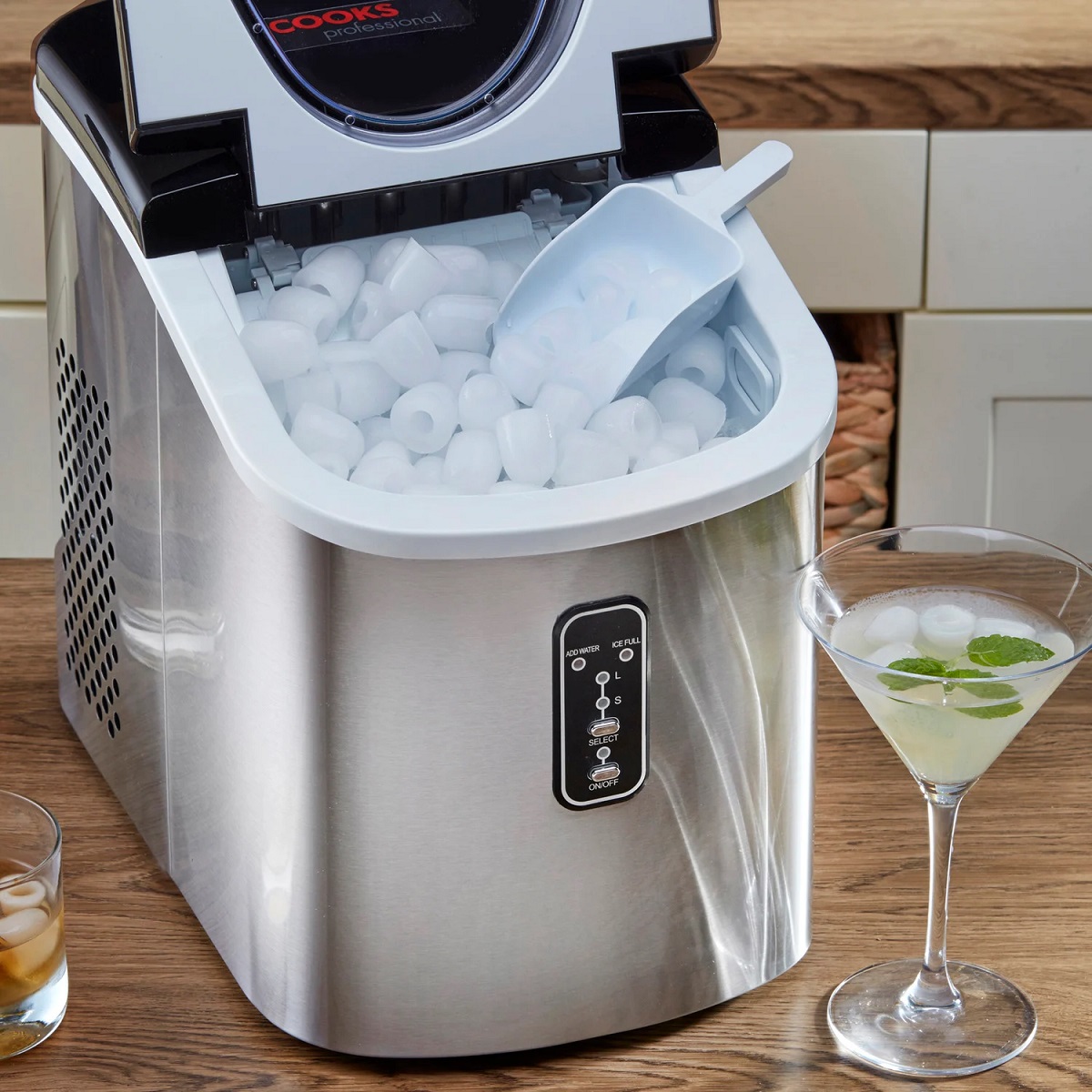

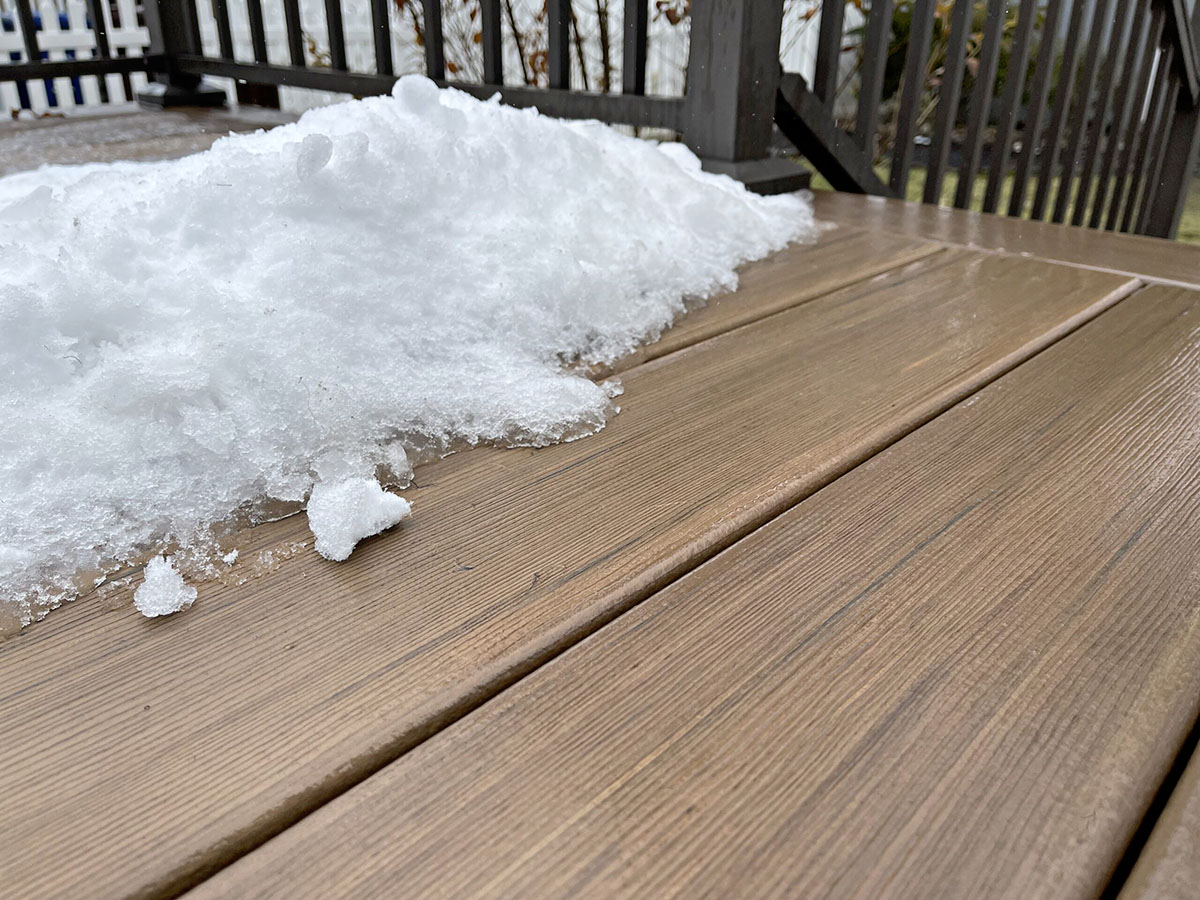
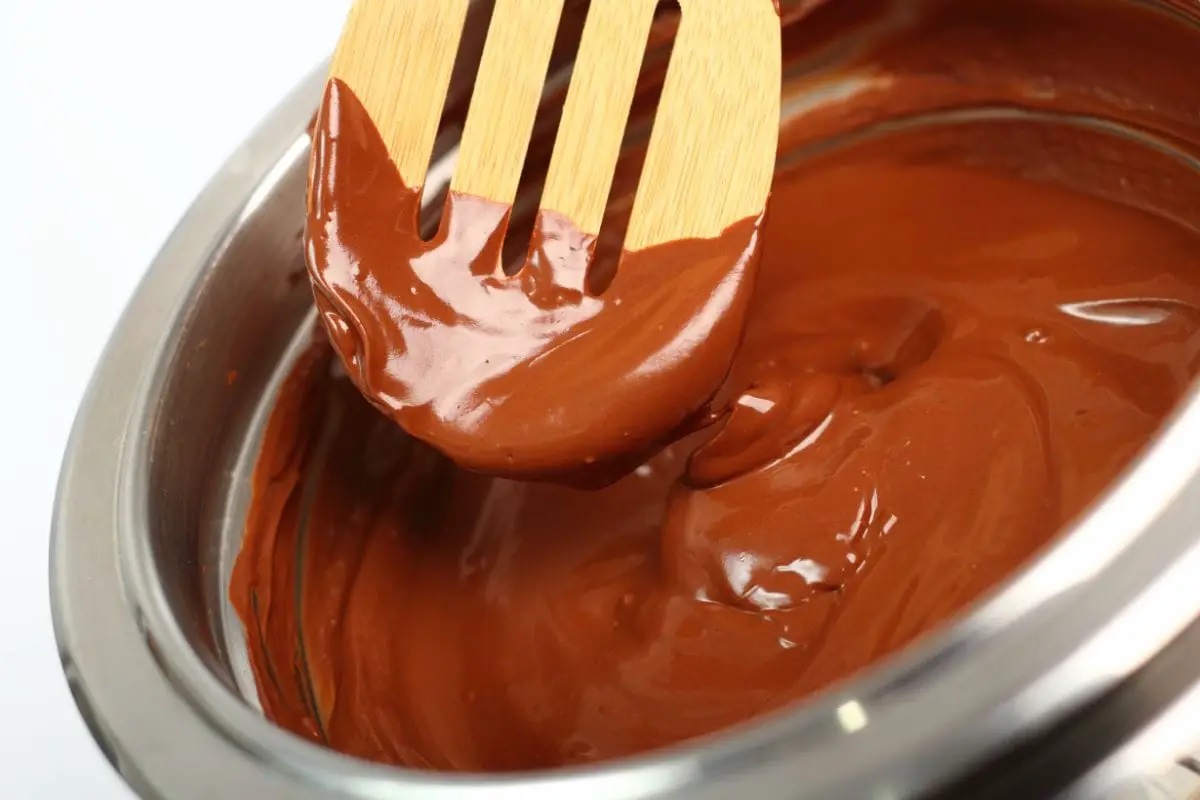
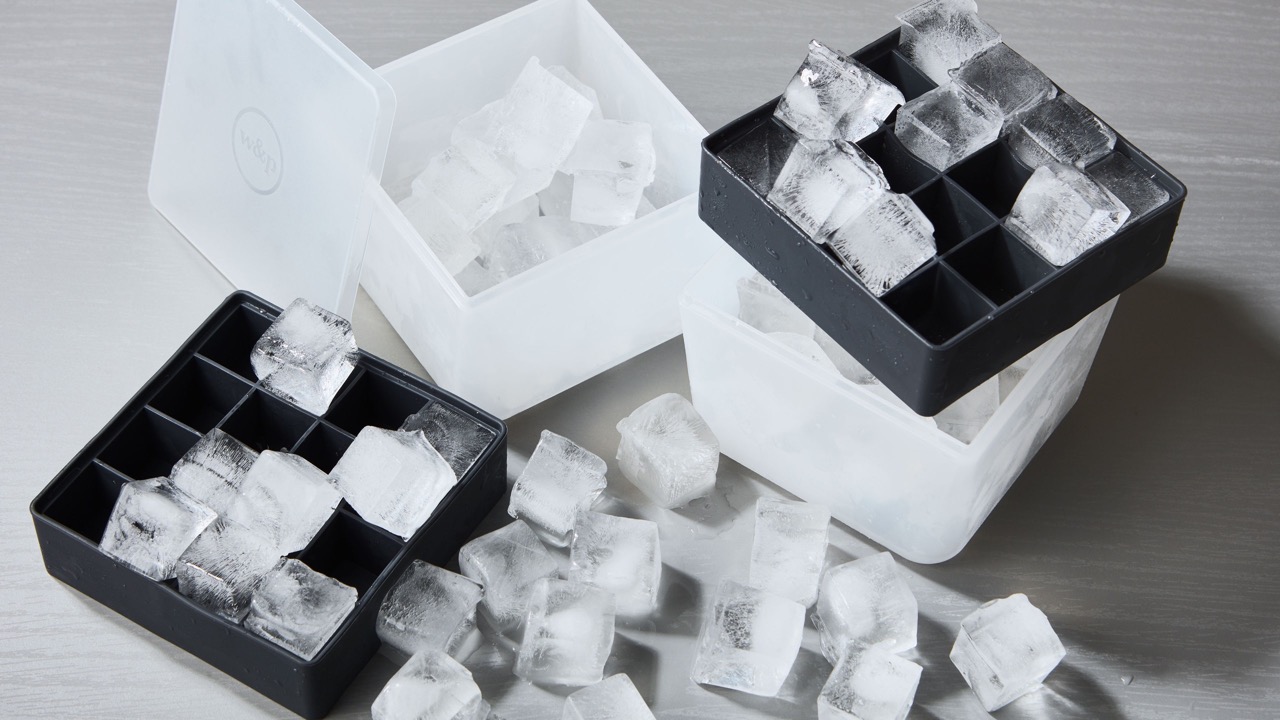

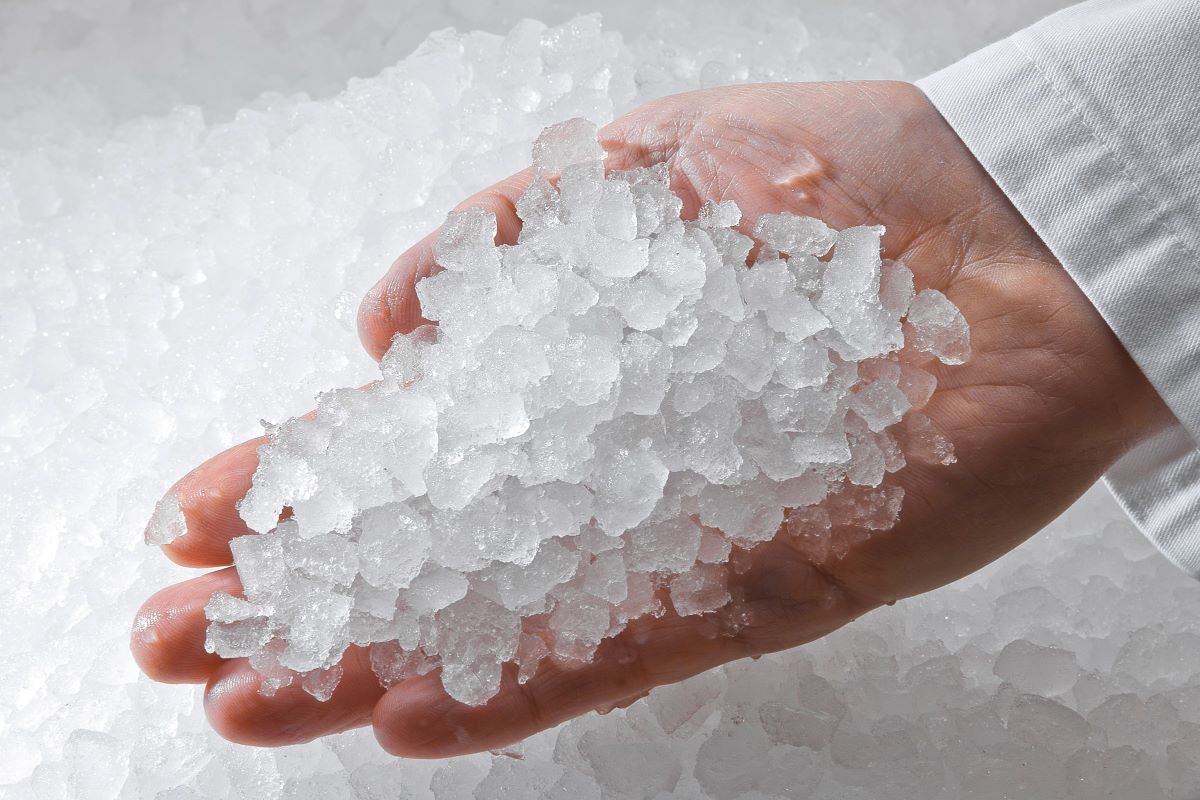


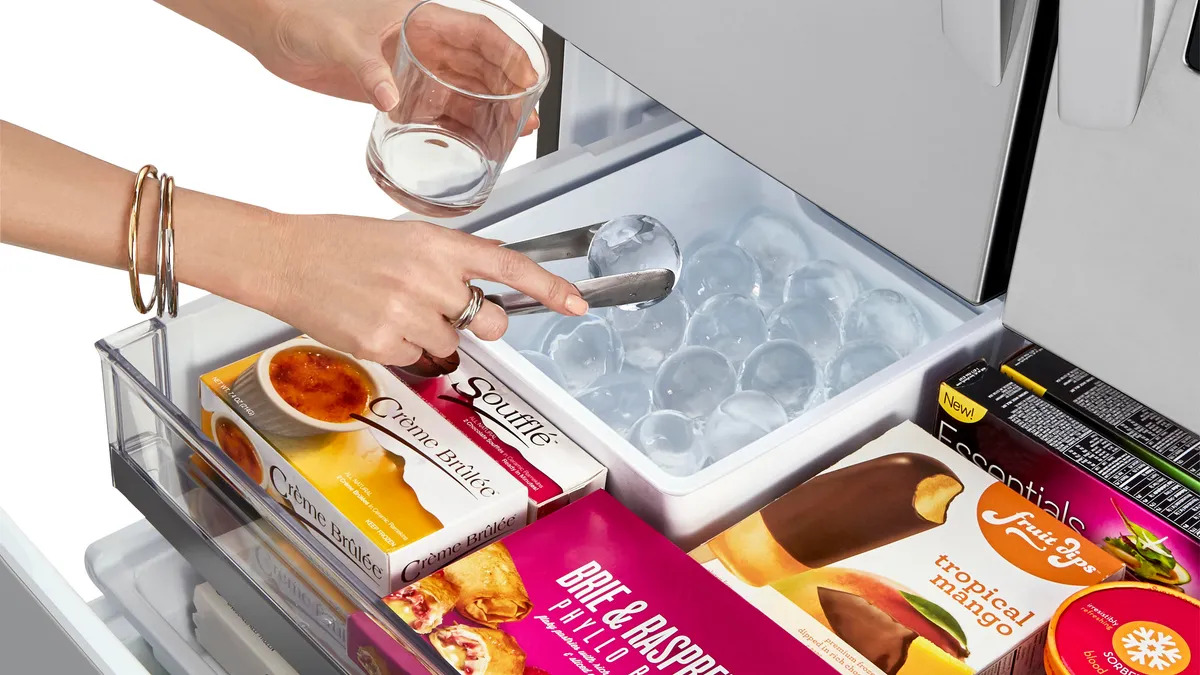
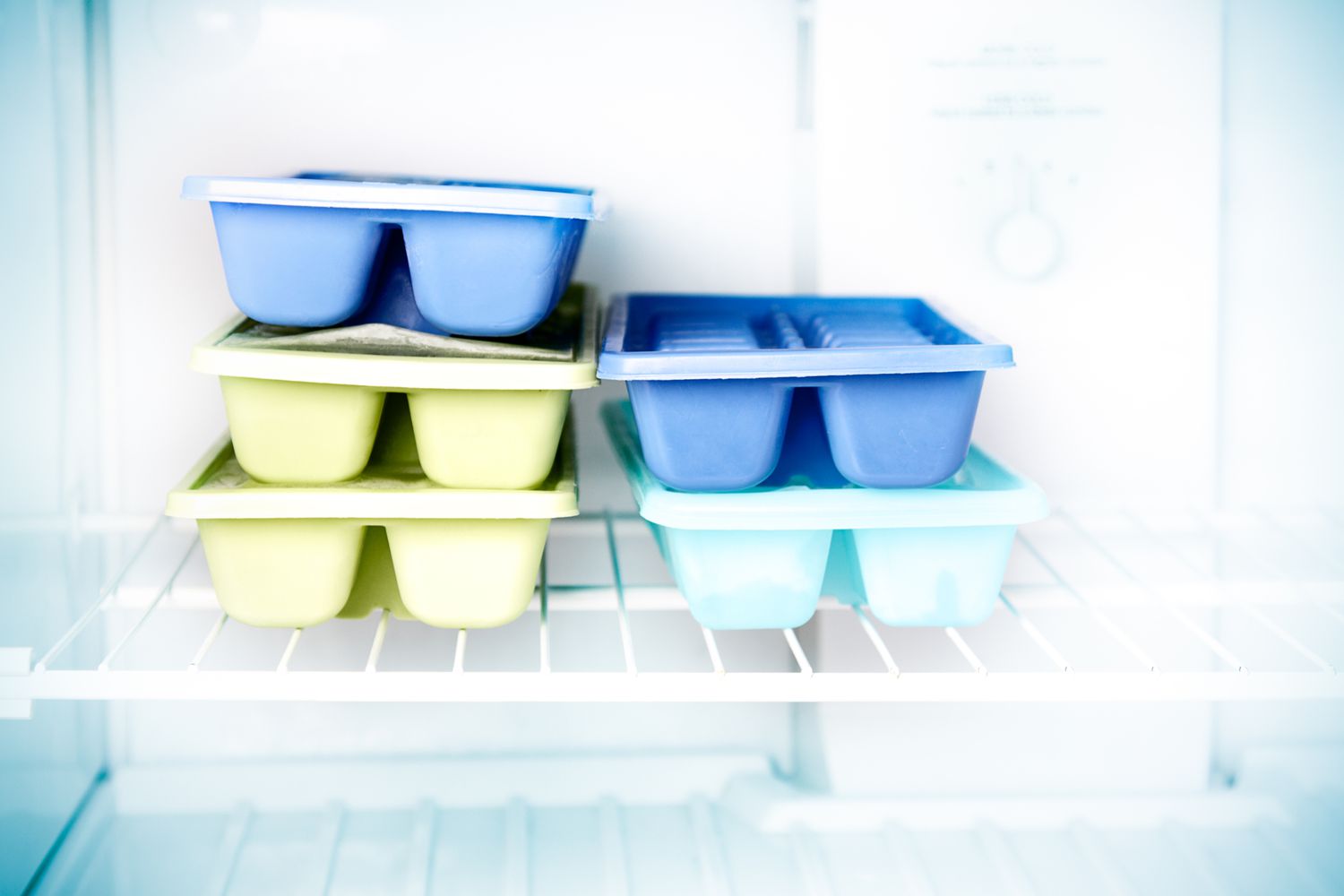
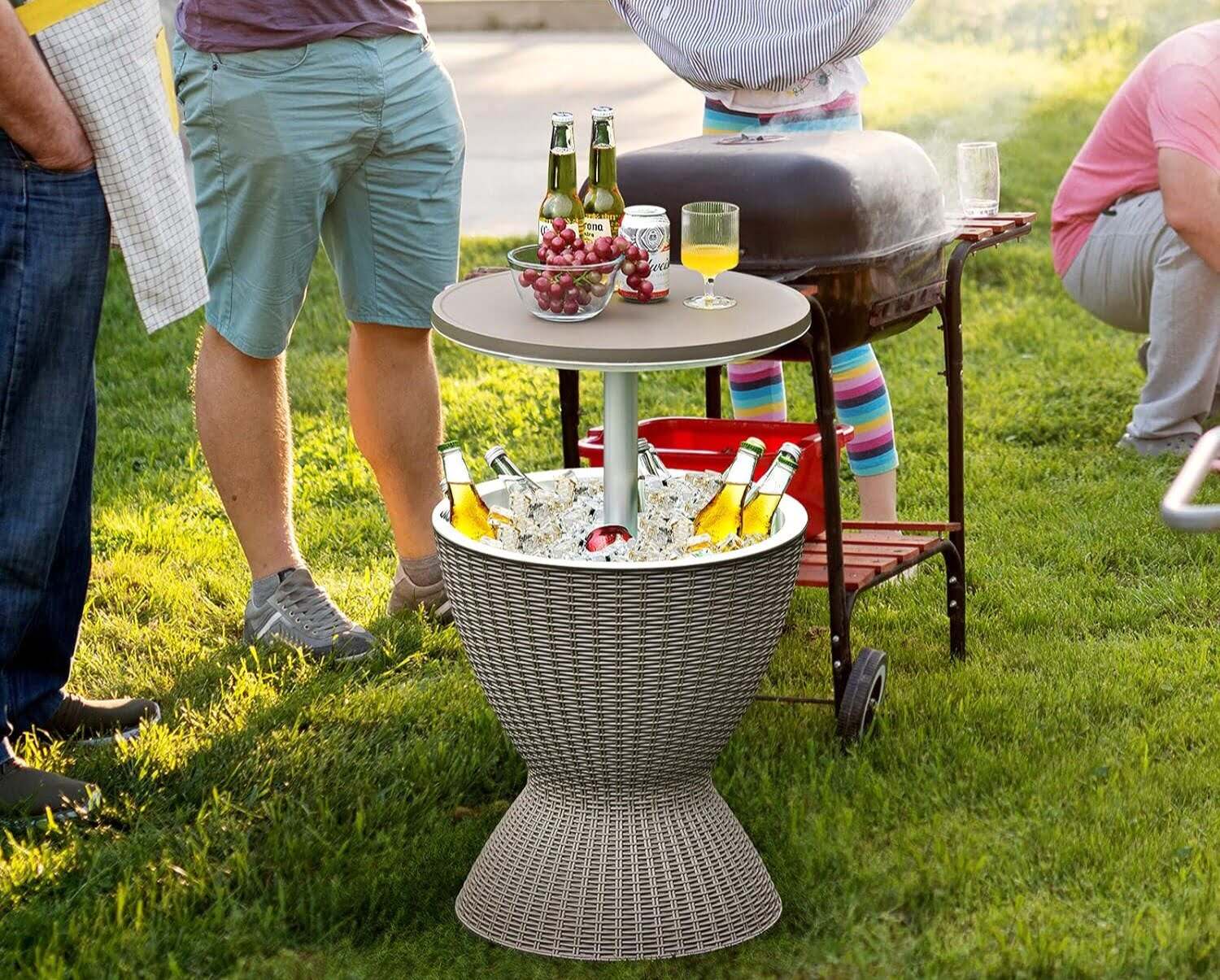


0 thoughts on “How To Store Ice Melt”